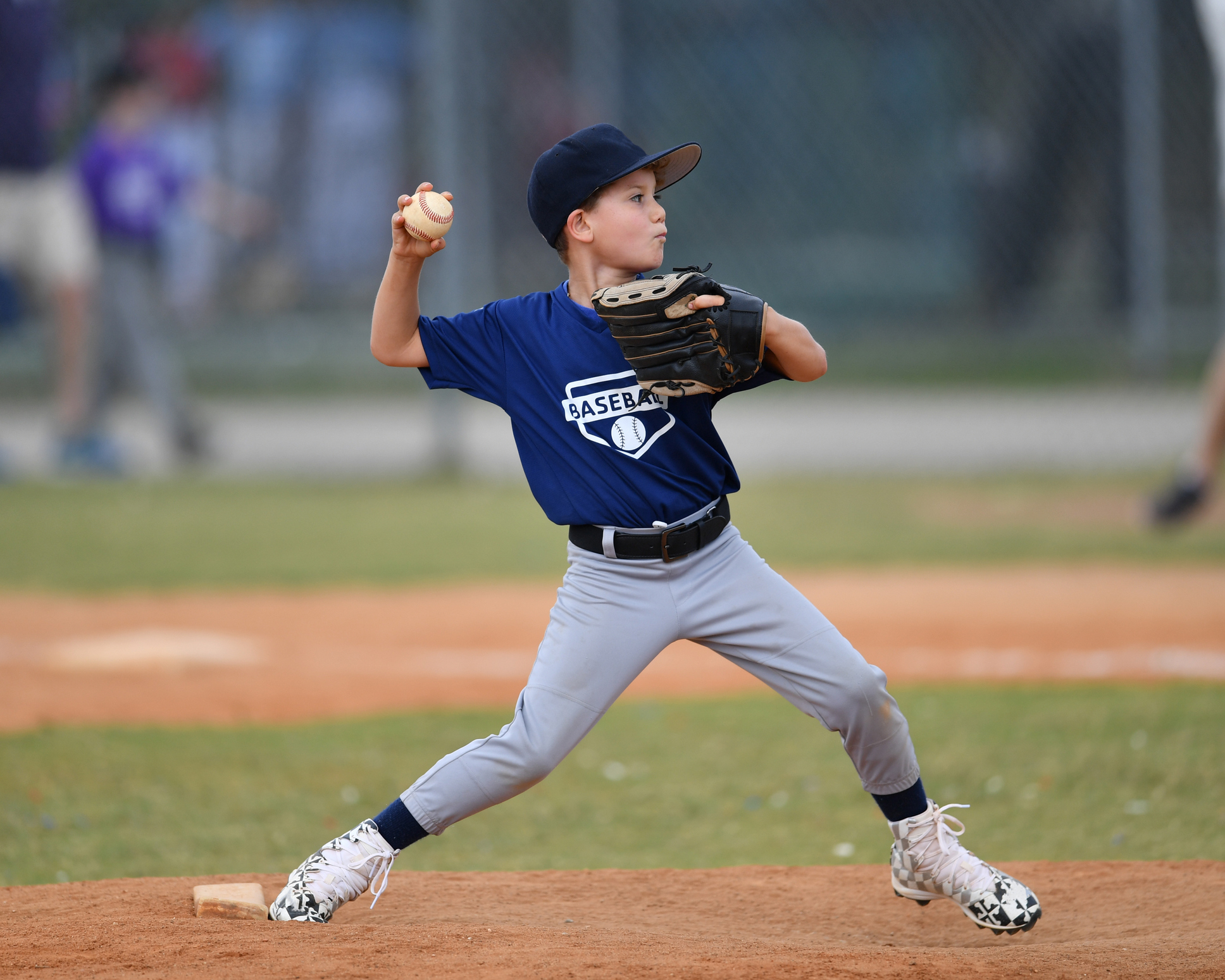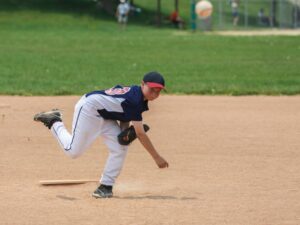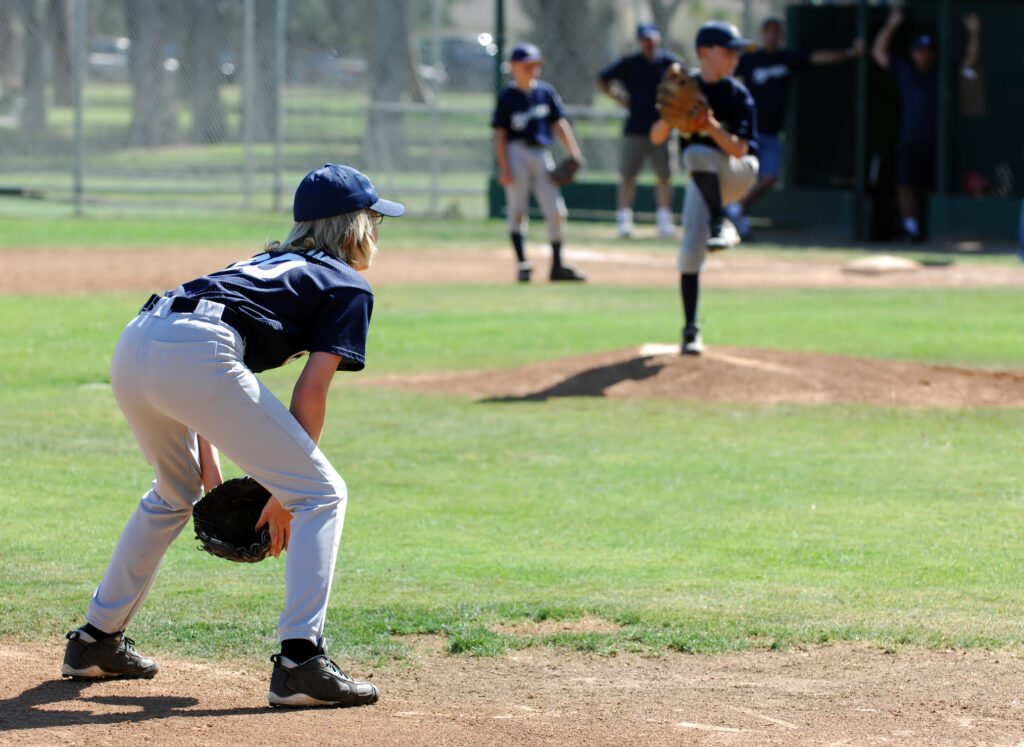In the previous installment of our ongoing series, we looked closely at strategic hitting in baseball. In this blog, we’ll see how coaches at baseball camps tell you to approach the art of pitching.
“Hitting is timing. Pitching is upsetting timing.” – Warren Spahn, Hall of Fame left-handed pitcher.
Pitching is one of the most critical aspects of baseball, and pitchers play a vital role in the game’s success. As the pro coaches at Vaughn Sports Academy will tell you, the game has evolved, and pitching strategy has changed significantly. Now more than ever, being a good pitcher requires a lot of skill, hard work, and patience.
Here are five strategies pro coaches at baseball camps will teach you about pitching.

Also Read: Why A Strong Mindset Is Essential For Youth Baseball Players?
Types of pitch
A pro pitcher has an arsenal of pitches to unsettle and strike out a hitter. The most common pitch types are fastball, changeup, curveball, slider, and sinker. Each pitch has unique characteristics, and pitchers must know which one to throw in which situation. For example, a fastball is a pitch thrown at maximum speed to strike out batters. So, it works best against hitters uneasy about facing a speeding ball aimed at their torso. On the other hand, a changeup is a pitch that looks like a fastball, but it’s slower, and the change of pace can fool the hitter.
Here’s a fun anecdote:
Sandy Koufax was one of the most dominant pitchers of all time, with a fastball that could reach 100 miles per hour and a devastating curveball. One story demonstrating his ability to outsmart hitters is from the 1963 World Series, where he faced off against the Yankees, who had Mickey Mantle as their star hitter.
Mantle was one of the greatest hitters of all time, but Koufax struck him out thrice in Game 1 by throwing him nothing but fastballs. When asked why he didn’t throw Mantle any curveballs, Koufax said, “Why should I? I know he can’t hit my fastball.”

Location of the pitch
The second strategy of pitching involves location. A pitcher can throw a pitch in different areas, such as high, low, inside, or outside. But, to make an accurate pitch, the pitcher needs to gauge the strengths and weaknesses of each hitter and adjust his strategy accordingly. For example, if a hitter has a weakness for high pitches, the pitcher should aim above the waistline of the hitter. Likewise, if a hitter likes to hit pitches on the outside, the pitcher should throw inside pitches to throw the hitter off-balance.
Ask a pro like Mo Vaughn, and he’ll tell you how baseball, like any other field sport, is 50% mind-game.
Here’s an anecdote that demonstrates the smartness of pitchers:
Greg Maddux was known for his incredible control and ability to hit his spots with pinpoint accuracy. One story that exemplifies his intelligence on the mound is when he faced off against Barry Bonds in the late 1990s. Bonds was one of the most feared hitters in the game and had just hit his 500th career home run.
Maddux intentionally walked Bonds twice in one game, even though he had the bases loaded in one of those situations, because he knew he could get the next hitter out. Maddux famously said, “Why should I let him beat me with one swing when I can let somebody else do it?”
Varying the speed
The third most crucial strategy involves changing the speed of the pitch. Depending upon the situation, a pitcher might consider pitching the ball with varying speeds, such as a fastball followed by a changeup. This strategy can surprise the batter and give the pitcher an advantage. It’s essential to mix up the pitches to keep the hitter guessing.

Pitching to the count
The fourth strategy they teach you at baseball camps and academies is to pitch to the count. Count refers to the number of balls and strikes a batter has. A pitcher must know how to pitch on different counts. For example, if the count is 0-2, the pitcher can throw a pitch outside the strike zone to see if the batter will chase it. However, if the count is 3-0, the pitcher has to throw a pitch inside the strike zone to avoid giving up a walk.
Changing the sequence
The fifth and final strategy involves the use of different pitching sequences. A pitcher can use different sequences to throw the hitter off-balance. For example, a pitcher can throw a fastball, followed by a curveball and then a slider. This strategy can leave the hitter guessing and cause a strikeout.
In the next installment of this series, we’ll look at some other strategies that make the game so interesting. Meanwhile, if you are looking to up your game, consider booking a session with a baseball academy coach because only they can work on your strengths and weaknesses.




